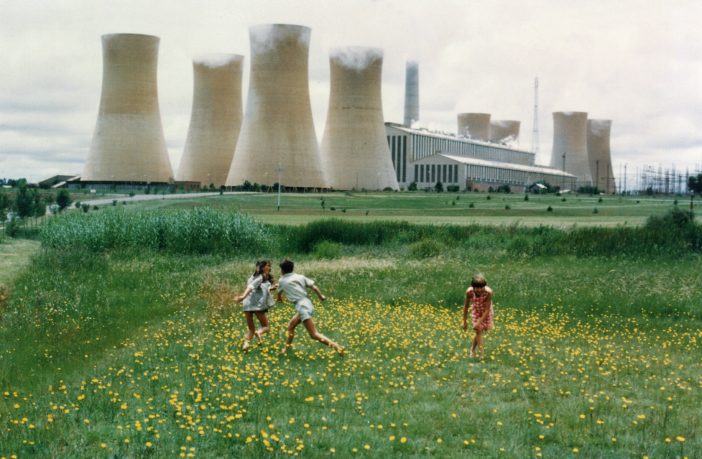- The World Bank has released a Project Document to Repurpose Eskom’s Komati Coal Fired Power Station.
- The World Bank’s Proposed Development Objectives are to decommission the Komati coal-fired power plant, repurpose the project area with renewables, and create opportunities for workers and communities during the transition process.
- The repurposing project is expected to cost US$ 497 million, the majority of which will be footed by the World Bank’s International Bank for Reconstruction and Development (IBRD).
The Komati Project aims to help mitigate climate change, enhance energy security, and support economic opportunities in the Komati area. The project is aligned with the country’s Just Transition Framework, which aims to minimize the socio-economic impacts of the climate transition, improve the livelihoods of those most vulnerable, and embrace the opportunities stemming from the transition.
The decommissioning and repurposing of the Komati coal-fired plant is a demonstration project that can serve as a reference on how to transition fossil-fuel assets for future projects in South Africa and around the world. The project will provide learning experiences through a cycle of piloting, monitoring, assessing, documenting, and information sharing.
“Reducing greenhouse gas emissions is a difficult challenge worldwide, and particularly in South Africa given the high carbon intensity of the energy sector,”said World Bank Group President David Malpass. “Closing the Komati plant this week is a good first step toward low carbon development. We are cognizant of the social challenges of the transition, and we are partnering with the government, civil society, and unions to create economic opportunities for affected workers and communities.”
In the first phase, 100 MW solar PV, 50 MW wind and 150 MW batteries are planned to be installed using infrastructure provided by Eskom (access roads, cable routes, transformer, etc.). The conversion of one 125 MW generator unit to a 100 megavolt amperes reactive (MVAR) synchronous condenser with a flywheel will be added as part of phase 1.
Phase 2 involves the original power plant and Ash dams (123 ha). Once the main Komati plant and associated facilities are demolished and together with the ash dams rehabilitated, phase 2 of repurposing will include the installation of an additional 50 MW solar PVs and 20 MW of wind. At this stage Eskom is also planning to add the conversion of the two remaining 125 MW generator units to 2 x 100 MVAR synchronous condenser with a flywheel each to Phase 2. The 200 MVAR synchronous condensers capacity will absorb and produce reactive power to stabilize and strengthen the power system. Phase 2 repurposing can only be implemented once the decommissioning is completed, the sites are cleaned up, and the repurposing design is consistent with the environmental remediation and closure plans.
The repurposing of Komati with 70 MW wind and 150 MW of solar PV will produce 492 GWh of energy annually.
Repurposing Costs and Financing Approach in Repurposing: In total, 370 MW of renewables technologies (this excludes the synchronous condensers) will be installed at an estimated costs of R6.5 billion (US$410 million).

Image credit: World Bank
Eskom decided to finance, own and operate the renewables solution for Komati to gain valuable experience to operate these technologies to speed up future renewables integration as well as to learn how to manage the transition for Eskom worker and contractors to mitigate socio-economic impacts. However, the utility acknowledges potential private sector participation opportunities in repurposing other coal power plants that are planned for retirement, recognizing that this would contribute to minimizing the impact of the repurposing activities on both the national fiscus and Eskom’s balance sheet. To that end, the project will provide US$3 million of grant financing that will enable Eskom to procure the services of a Financial Advisor (FA) to provide financial advisory services to use private sector or PPP financing for future coal plant repurposing.
Link to the full project document HERE
Author: Bryan Groenendaal















